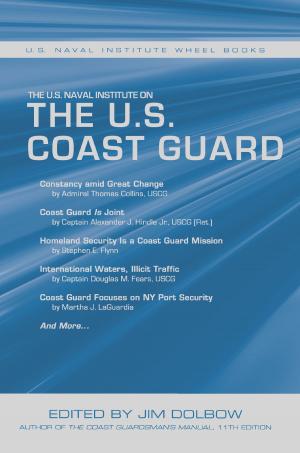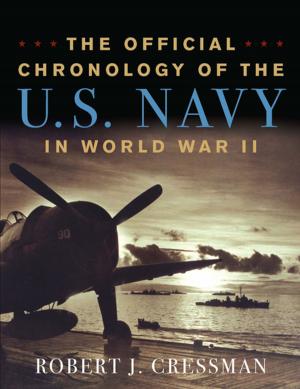Manila And Santiago
The New Steel Navy in the Spanish-American War
Nonfiction, History, Military, Naval| Author: | Jim Leeke | ISBN: | 9781612514147 |
| Publisher: | Naval Institute Press | Publication: | July 10, 2013 |
| Imprint: | Naval Institute Press | Language: | English |
| Author: | Jim Leeke |
| ISBN: | 9781612514147 |
| Publisher: | Naval Institute Press |
| Publication: | July 10, 2013 |
| Imprint: | Naval Institute Press |
| Language: | English |
The U.S. Navy's first two-ocean war was the Spanish-American War of 1898. A war that was global in scope, with the decisive naval battles of war at Manila Bay and Santiago de Cuba separated by two months and over ten thousand miles. During these battles in this quick, modern war, America s New Steel Navy came of age. While the American commanders sailed to war with a technologically advanced fleet, it was the lessons they had learned from Adm. David Farragut in the Civil War that prepared them for victory over the Spaniards. This history of the U.S. Navy s operations in the war provides some memorable portraits of the colorful officers who decided the outcome of these battles: Shang Dewey in the Philippines and Fighting Bob Evans off southern Cuba; Jack Philip conning the Texas and Constructor Hobson scuttling the Merrimac; Clark of the Oregon pushing his battleship around South America; and Adm. William Sampson and Commodore Scott Schley ending their careers in controversy. These officers sailed into battle with a navy of middle-aged lieutenants and overworked bluejackets, along with green naval militiamen. They were accompanied by numerous onboard correspondents, who documented the war.In addition to descriptions of the men who fought or witnessed the pivotal battles on the American side, the book offers sympathetic portraits of several Spanish officers, the Dons for whom American sailors held little personal enmity. Admirals Patricio Montojo and Pasqual Cervera, doomed to sacrifice their forces for the pride of a dying empire, receive particular attention. The first study of the Spanish-American War to be published in many years, this book takes a journalistic approach to the subject, making the conflict and the people involved relevant to today s readers. This work details a war in which victory was determined as much by leadership as by the technology of the American Steel Navy.
The U.S. Navy's first two-ocean war was the Spanish-American War of 1898. A war that was global in scope, with the decisive naval battles of war at Manila Bay and Santiago de Cuba separated by two months and over ten thousand miles. During these battles in this quick, modern war, America s New Steel Navy came of age. While the American commanders sailed to war with a technologically advanced fleet, it was the lessons they had learned from Adm. David Farragut in the Civil War that prepared them for victory over the Spaniards. This history of the U.S. Navy s operations in the war provides some memorable portraits of the colorful officers who decided the outcome of these battles: Shang Dewey in the Philippines and Fighting Bob Evans off southern Cuba; Jack Philip conning the Texas and Constructor Hobson scuttling the Merrimac; Clark of the Oregon pushing his battleship around South America; and Adm. William Sampson and Commodore Scott Schley ending their careers in controversy. These officers sailed into battle with a navy of middle-aged lieutenants and overworked bluejackets, along with green naval militiamen. They were accompanied by numerous onboard correspondents, who documented the war.In addition to descriptions of the men who fought or witnessed the pivotal battles on the American side, the book offers sympathetic portraits of several Spanish officers, the Dons for whom American sailors held little personal enmity. Admirals Patricio Montojo and Pasqual Cervera, doomed to sacrifice their forces for the pride of a dying empire, receive particular attention. The first study of the Spanish-American War to be published in many years, this book takes a journalistic approach to the subject, making the conflict and the people involved relevant to today s readers. This work details a war in which victory was determined as much by leadership as by the technology of the American Steel Navy.















